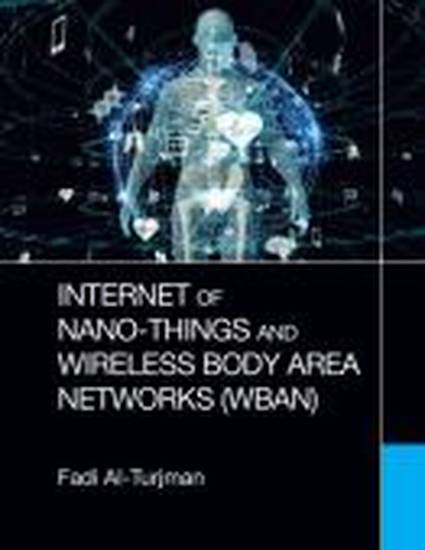
Article
Internet of Nano-Things and Wireless Body Area Networks (WBAN)
Choice: Current Reviews for Academic Libraries
(2020)
Abstract
The internet of nano-things (IoNT) connects extremely small (nano) sensors with the internet using various communication technologies incorporating, for example, radio frequency identification (RFID) and near field communication (NFC). Implementation can involve activities such as measuring and sharing data on heart and muscle activity, blood pressure, glucose level, and body temperature to help patients and health care providers. Al-Turjman (Antalya Bilim Univ., Turkey) has edited chapters by computer science faculty from various universities to summarize IoNT technology, progress, and technical details. Contributed chapters discuss manufacturing and data collection challenges in various industries, performance evaluation of nanosensors, the main reasons for carrying smart devices, and energy efficiency. The latter is especially important for wireless body area networks (WBANs), which provide continuous monitoring of human body functions. Nanonodes installed over or inside of human bodies are part of such WBANs, and have limits on the battery power that can be employed. The inclusion of reference lists, mathematical models, algorithms, flow charts, tables, and circuit diagrams will contribute to readers' understanding of the physical challenges involved in implementing IoNT. Each chapter provides references, a section on open issues and trends, and a concluding overview. Overall, the book is targeted toward electrical and computer engineering experts.
Disciplines
Publication Date
July, 2020
Citation Information
G. E. Kaupins. "Internet of Nano-Things and Wireless Body Area Networks (WBAN)" Choice: Current Reviews for Academic Libraries Vol. 57 Iss. 11 (2020) p. 1213 - 1214 ISSN: 0009-4978 Available at: http://works.bepress.com/gundars_kaupins/125/
